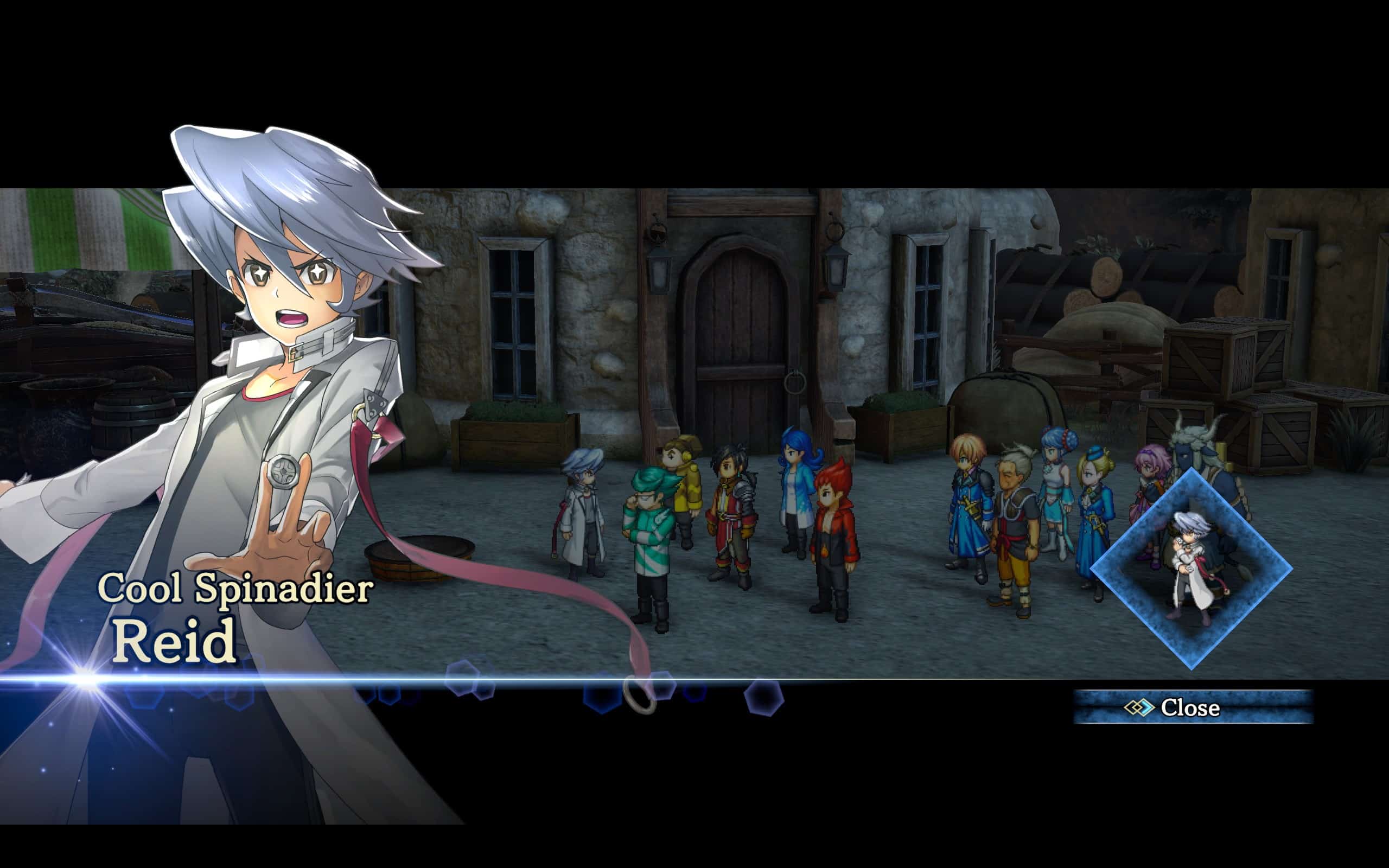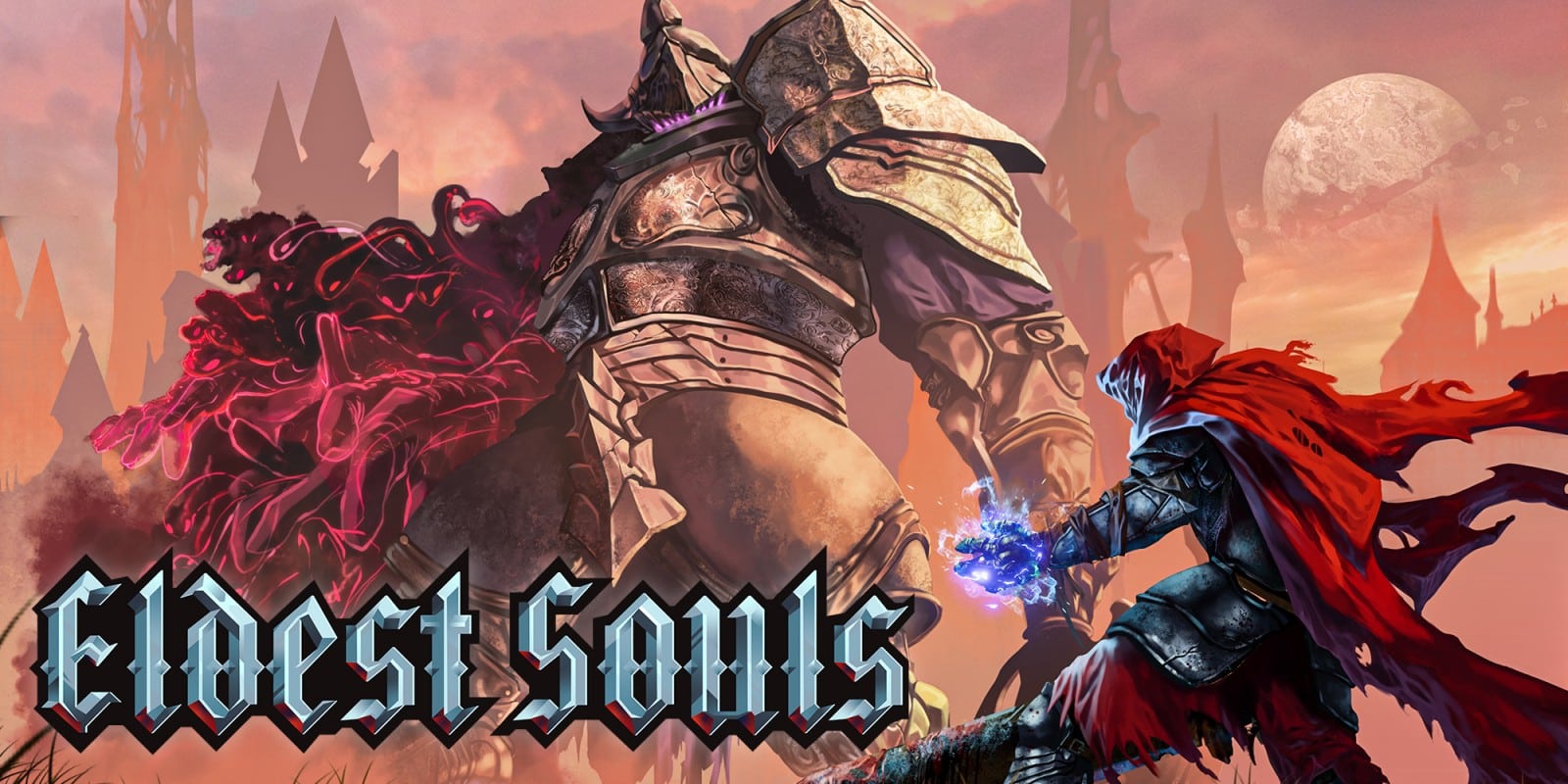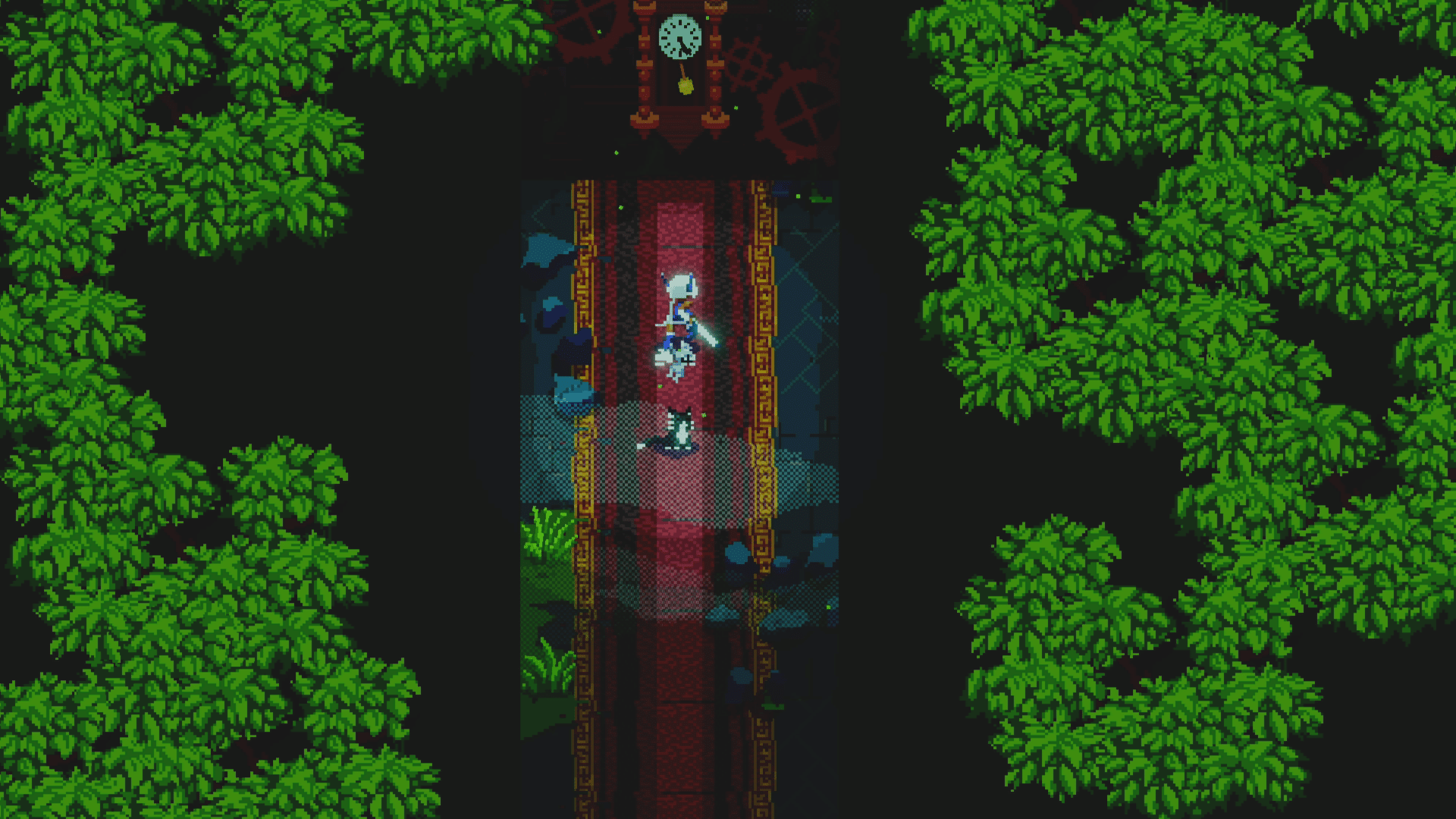MercurySteam is reaching back to their early 2010’s dark fantasy era, a period that saw the developer drop the Castlevania: Lords of Shadow series, with their newest action-adventure game, Blades of Fire. Much like Lords of Shadow, Blades of Fire is a game that would not feel out of place releasing alongside those PlayStation 3 and Xbox 360 titles. Whether that sentence entices or deters you is dependent on your infatuation with the game design of yesteryear. Blades of Fire echoes a bygone era for the industry, hurling its burly protagonist into the bloody fray, and it confidently wears its nostalgic inspiration. There may not be heaps of prestigious awards on the horizon for MercurySteam’s latest offering, but not every release must be a Game of the Year contender to be enjoyed. Blades of Fire is a reminder that there’s still life in the AA category, and these breaks from the slew of mixed success AAA pursuits are much needed.
Blades of Fire stars the muscular blacksmith Aran de Lira, a name that nods at the developer’s work on Metroid: Dread and Samus Returns, who finds himself thrust into a journey to defeat Queen Nerea, a close friend stemming from Aran’ bonded with in his ‘s youth. Despite their past bonds, Aran must vanquish the evil borne from Nerea, who is robbing mankind of the ancient civilization of giants’ (known as the Forgers) gift: Steel. As the tyrannical queen continues to turn steel to stone, all but severing the connection to the fallen forebearers. Fortunately for Aran, he comes into possession of one of the seven seven mythical Forge Hammers, empowering him to craft an assortment of steel weaponry. With steel blade in hand, and knowledgeable strategist Adso at his side, Aran can strike at the heart of the villainy consuming the land.

Become the Blacksmith
The Forge Hammer is Aran’s possession lies at the heart of Blades of Fire; this is a dark fantasy action adventure and blacksmith sim in almost equal measure. All that our hero wields is brought into existence by his own hands. That means materials are scavenged from the land and brought before an anvil before being struck into the desired armament. And this is done more in depth than a simple cinematic; there’s an entire process and associated minigame to crafting different weapons. Different types of steel (archon, feral, bastion, etc.) and wood are combined to craft variations of each weapon type, which includes swords, daggers, twin axes, spears and more. Weapon crafting is brimming with customization, enabling players to make the weapon of their dreams. Customize the head of the blade; add a convex cross-section; modify the pommel size. There’s a ton to fine tune, and each affects different properties such as blocking and parrying effectiveness, damage type (slashing, piercing and blunt) and output, stamina and dodge cost, etc.
Of course, the wide assortment of equipment isn’t immediately ready to use from the opening moments. Aran can unlock new weapons by defeating a designated number of specific enemy types or tackling the challenge of mini bosses scattered throughout the different levels. The mix of the two creates an engaging, multipronged progression system that gives some light direction to how players want to direct Aran’s martial pursuits. In the early hours, I found myself seeking enemies tied to new weapon types so I could expand the available arsenal and better prepare for whatever lied ahead, like the limited boss fights that offered beautiful cinematic clashes and solid challenge.

For(ge) Better or Worse
To bring these weapons to life, a blacksmithing minigame must be completed. The strength and angle of the hammer strike must be manipulated to raise and lower bars to conform to the weapon’s shape. The closer the bars are to the outline, the more stars are earned. The stars directly correlate to the number of times a weapon can be repaired before it’s no longer of any use. That’s right; Blades of Fire has a durability system. The durability mechanic may be the immediate turn-off for some players. As weapons exhaust their repair limit, Aran must switch to another weapon in his inventory or return to the forge to craft a replacement. Depending on where you land on the blacksmith fantasy, venturing back to the anvil to strike more steel might appeal to you greatly. However, others like myself are bound to find these momentum-breaking moments to be exhausting over time. It’s not just a trip back to the forge; it is commonly a resource gathering endeavor that takes you away from whatever battle or objective was being prioritized. But at least previously achieved quality levels for a certain weapon can be automatically recreated without the need for replaying the minigame.
Weapon choice is important in Blades of Fire, which marks another reason that having the right weapon on-hand at any given time is critical. Different enemies are susceptible to different weapon types and styles. For example, an enemy may only be partially vulnerable to a sword’s slashing stance, but take full damage from the piercing stance. Likewise, a mighty foe may buckle under the crushing blow of a warhammer, but shrug off attacks from daggers. The effectiveness of a wielded weapon and stance is reflected by the enemy’s green, yellow or red outline. That’s why having a variety of weapons ready to go makes for a smoother adventure. But when your most effective weapon breaks beyond repair, it’s tiresome to be pushed to disengage, backtrack to the forge (assuming no scavenging must be done first), re-craft the weapon and then return to the enemy who has now had their health replenished. There’s a difference between strategic preparation and cumbersome mechanics, and Blades of Fire dances on both sides.

Fortunately, the combat itself is weighty, bloody and impactful. Unlike the common use of R1/R2 (or RB/RT) to perform light and heavy attacks, Blades of Fire uses all four face buttons to execute directional attacks. Triangle (Y) aims for the head; Square (X) swings to the left; Circle (B) swings to the right; and X (A) attacks low. A single press activates the light attack for each, whereas holding the button executes a heavy variant. Severing limbs and caving in heads are frequent occurrences against the men and monstrosities roaming about, which never fail to entertain. That said, the offensive onslaught isn’t without limits. A stamina system sits at the heart of it all and its associated bar can be quickly refilled by blocking, a pleasant change from the usual disengagement instruction. There are a wide array of opponents to square off against, even if there is notable recycling of attack patterns between similar enemy types. Eventually one of these combatants is bound to put Aran down, resulting in his resurrection at the nearest forge, the dropping of his equipped weapon at the location of his death and the respawning of multiple enemies. It’s a very fairly forgiving take on the death run associated with Souls games.
Combat remains consistently engaging throughout the 40+ hour journey, which extends through several different striking locales. The tactical nature of the combat is enhanced by companion Adso’s invaluable input. Over the course of the game, he will provide insight into environments, puzzles and enemy traits. Reading his analysis of different foes gives clear direction on how to contend with each. He also does a great job of fleshing out the world by dropping lore bits for the player to absorb, if they choose. The dynamic between the two is enjoyable and grows organically, making the forging bond a strong component of the game. After all, lacking a likeable cast goes a long way to dragging down the final experience.
Blades of Fire Review Verdict
Blades of Fire: Blades of Fire is an action adventure game built with a bygone gaming era in mind. There's charm to its nostalgic approach, reminding us of that not every game needs to be GOTY material to be worth playing. Although its durability system can disrupt pacing, there's a solid adventure awaiting those looking to join Aran in a lengthy, bloody tale. – Joshua
[Editor’s Note: Blades of Fire was reviewed on PS5 and a copy was provided to us for review purposes.]















